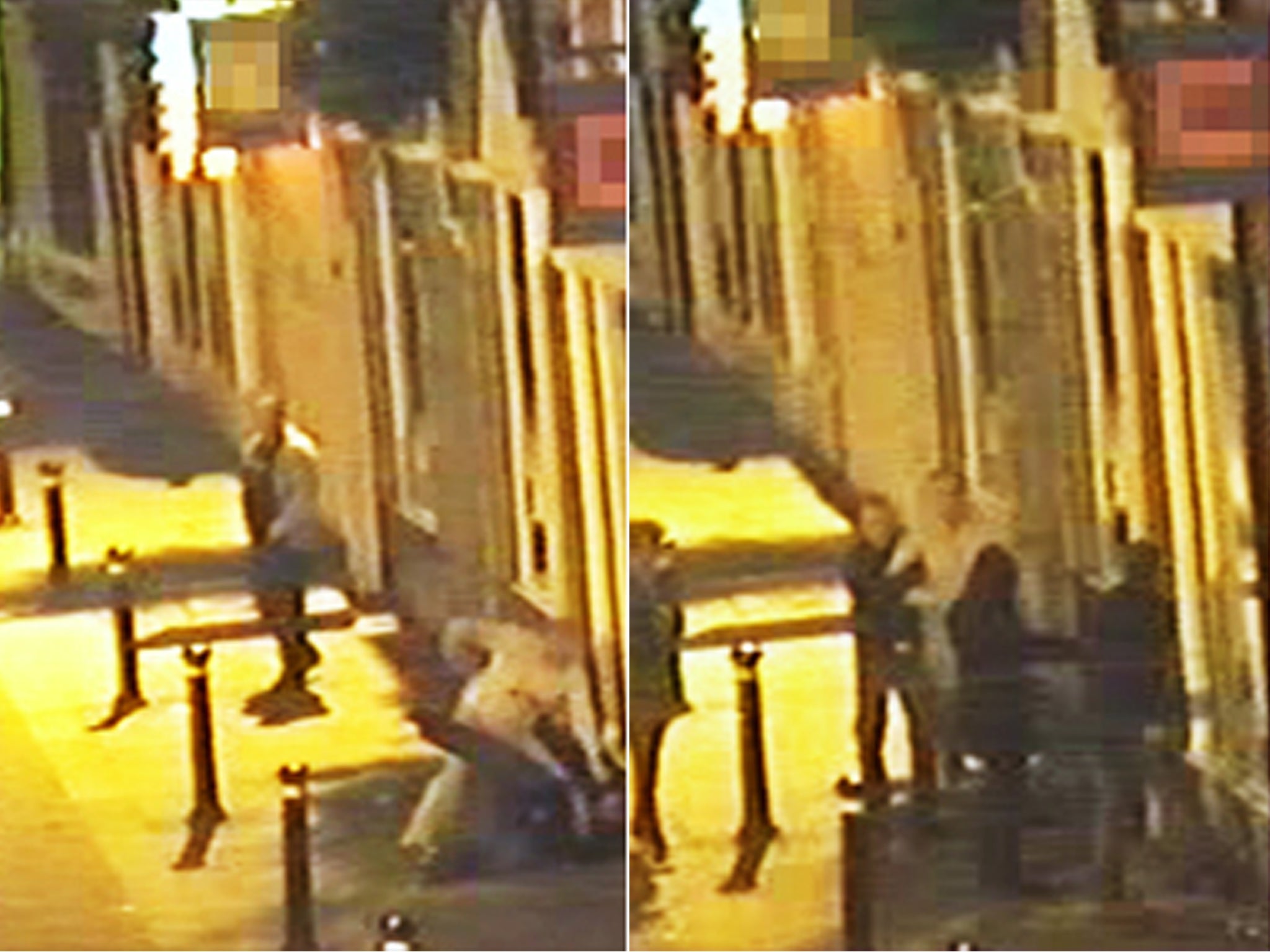People will intervene if they see someone being beaten up, CCTV study suggests
Research gives lie to conventional wisdom that 'non-involvement is the default response', author says

Your support helps us to tell the story
From reproductive rights to climate change to Big Tech, The Independent is on the ground when the story is developing. Whether it's investigating the financials of Elon Musk's pro-Trump PAC or producing our latest documentary, 'The A Word', which shines a light on the American women fighting for reproductive rights, we know how important it is to parse out the facts from the messaging.
At such a critical moment in US history, we need reporters on the ground. Your donation allows us to keep sending journalists to speak to both sides of the story.
The Independent is trusted by Americans across the entire political spectrum. And unlike many other quality news outlets, we choose not to lock Americans out of our reporting and analysis with paywalls. We believe quality journalism should be available to everyone, paid for by those who can afford it.
Your support makes all the difference.People are more likely to intervene when they see someone being menaced or attacked in the street than to walk on by, a study has suggested.
Researchers examining CCTV footage of assaults and arguments from three countries found that in nine of 10 cases, passers-by offered help.
They analysed 219 video clips from Lancaster, Amsterdam and Cape Town and found that the more people were around during an altercation, the more likely it was that someone would step in.
“According to conventional wisdom, non-involvement is the default response of bystanders during public emergencies”, said the study's lead author Dr Richard Philpott of Lancaster University and the University of Copenhagen.
People are given to ask, therefore, “Will I receive help if needed?” he added.
“Challenging this view, the current cross-national study of video data shows that intervention is the norm in actual aggressive conflicts," he said. “The fact that bystanders are much more active than we think is a positive and reassuring story for potential victims of violence and the public as a whole.
“We need to develop crime prevention efforts which build on the willingness of bystanders to intervene.”
The help offered included gesturing for an attacker to calm down, physically blocking an aggressor or pulling them away, and consoling their victim.
There was no difference in the rates of intervention between the three cities, scientists found.
Dr Philpott added: “While having more people around may reduce an individual’s likelihood of helping - the bystander effect - it also provides a larger pool from which help-givers may be sourced.”